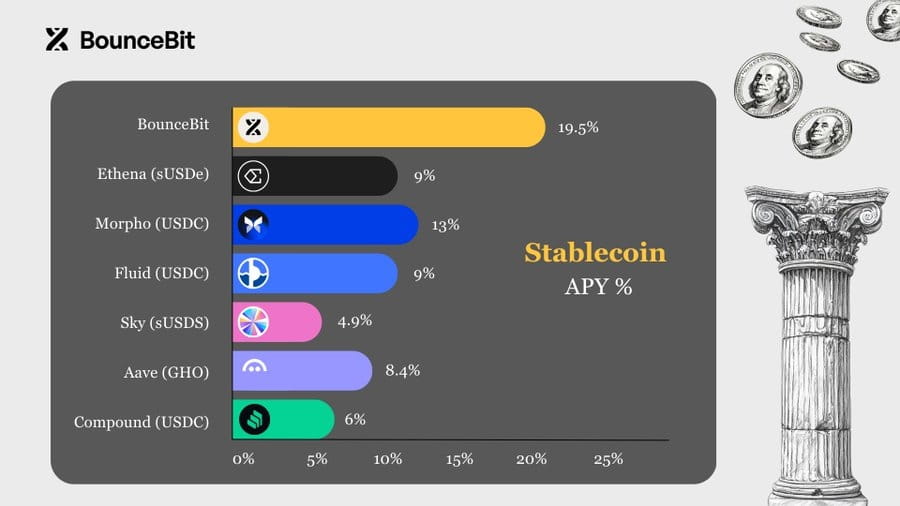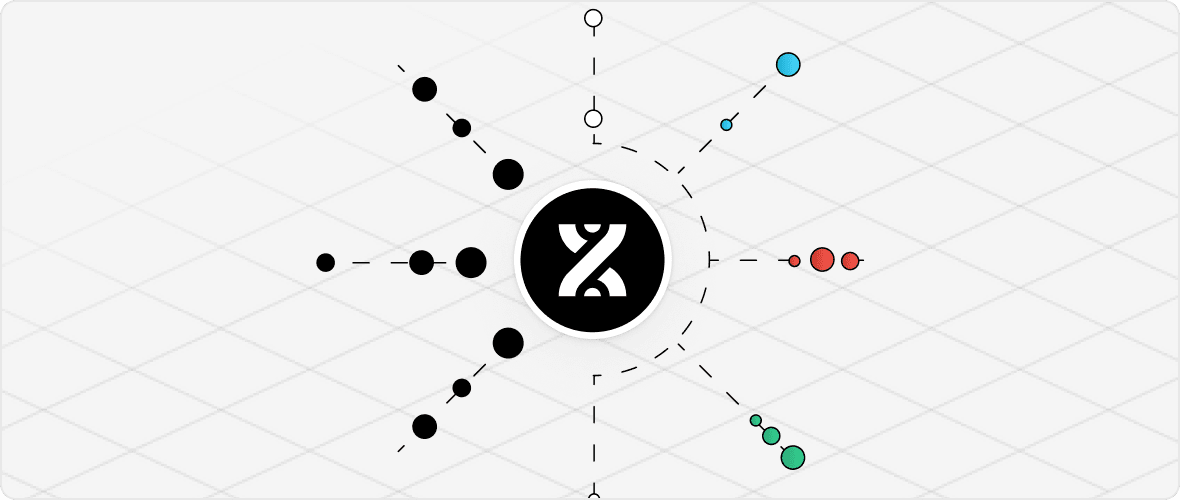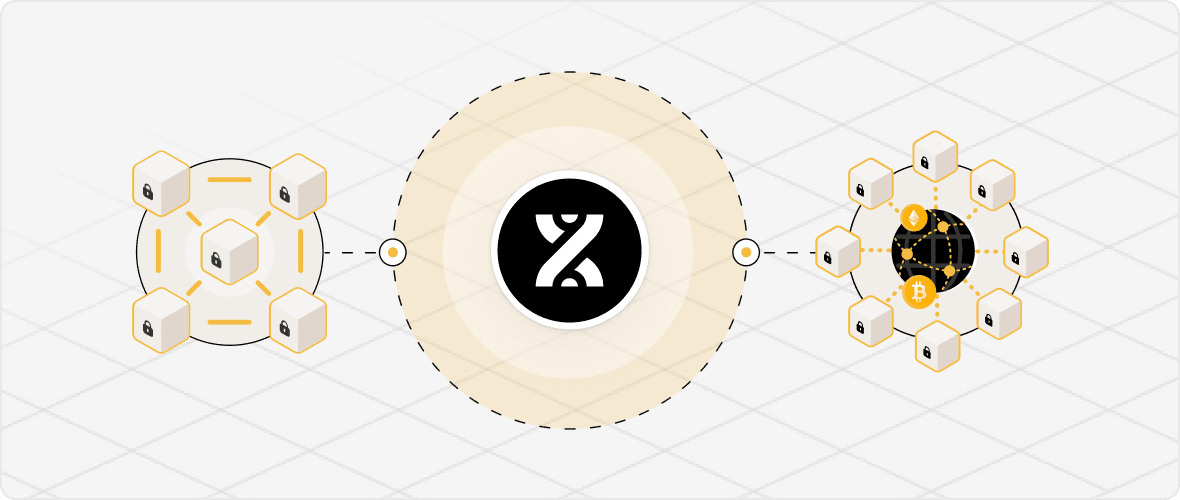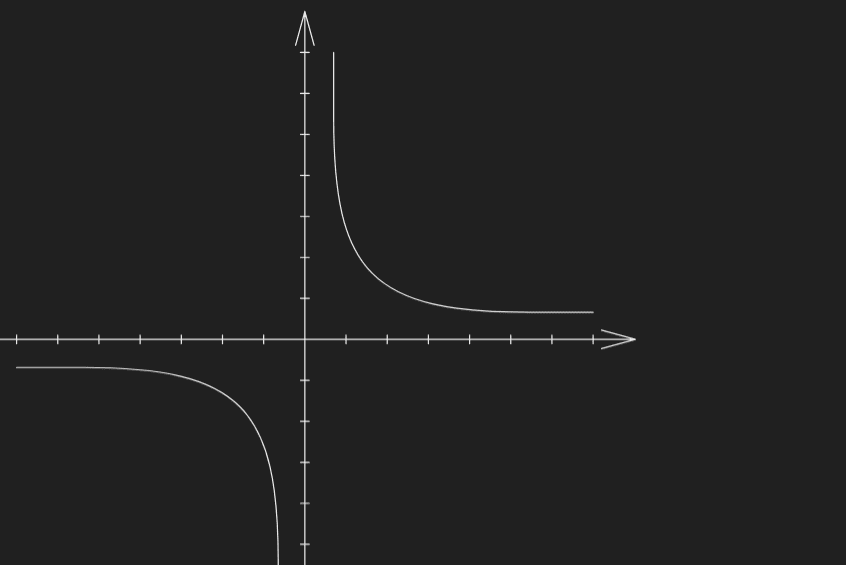In today's global financial system on the verge of profound change, a revolutionary concept is quietly transforming our traditional understanding of asset investment—Real World Asset Tokenization (RWA Tokenization). This is not just a technological innovation but a deep transformation regarding wealth democratization and financial inclusivity.

Real-world assets, as the name suggests, refer to tangible and intangible assets that exist outside the digital world but hold significant value. When we talk about real estate, we think of commercial buildings located in bustling urban centers or tranquil residential neighborhoods in the suburbs. When we mention commodities, images of gleaming gold, flowing oil, and agricultural products in vast farmlands come to mind. Bonds represent the credit commitments of governments and corporations, while artworks and collectibles carry deep cultural value and historical significance.
These assets have always played an important role in the traditional financial system, but they also face a common challenge: insufficient liquidity and high barriers to entry. To invest in a commercial property, you may need millions or even tens of millions in funds; to collect a famous painting, besides substantial funding, you also need expertise in authentication and preservation. These limitations deter ordinary investors and prevent the full value of these high-quality assets from being realized.

Historical Evolution of Tokenization
Looking back at the history of financial innovation, we find that attempts to digitally express physical value have a long history. In the 1990s, the emergence of exchange-traded funds (ETFs) and real estate investment trusts (REITs) provided investors with new ways to access physical assets. However, these traditional tools still rely on centralized systems and numerous intermediaries, which not only increases costs but also limits the potential for innovation.
The emergence of blockchain technology has brought new possibilities to this field. Although early colored coin experiments with Bitcoin had technical limitations, they laid the groundwork for later developments. The launch of Tether in 2014 successfully combined the value of the US dollar with digital tokens, demonstrating that digital tokens can reliably connect the physical world with the digital economy. Today, the mature development of decentralized finance (DeFi) makes large-scale RWA tokenization not only possible but an inevitable trend.

How Tokenization Works
The core of RWA tokenization lies in converting asset ownership into digital tokens that can be recorded and traded on the blockchain. Each token represents a share of the asset, allowing large indivisible assets to be subdivided into countless smaller shares. This mechanism not only lowers the investment threshold but also brings unprecedented flexibility to asset management.
Imagine a commercial property worth $10 million being divided into 1 million tokens, each valued at $10. This way, even ordinary investors can participate in high-value asset investments with a smaller amount of capital. More importantly, these tokens can be freely traded on blockchain platforms, injecting new vitality into traditionally illiquid assets.
The Profound Significance of Tokenization
The significance of RWA tokenization goes far beyond technological innovation. First, it achieves true ownership democratization. By subdividing ownership, high-quality assets that were previously accessible only to the wealthy are now open to everyone. An ordinary salaried worker can own a small part of a Manhattan office building or invest in a collection of rare artworks.
Secondly, tokenization significantly enhances asset liquidity. Traditionally, selling a property could take months or even years, but tokenized property shares can be traded within minutes. This increase in liquidity not only provides investors with greater flexibility but also offers more accurate market signals for asset pricing.
The increase in transparency and trust is also a significant advantage of tokenization. Blockchain technology ensures that all transaction records are immutable and verifiable, greatly reducing the risk of fraud and enhancing investor confidence. Additionally, the use of smart contracts can automate the execution of various terms, reducing the potential for human intervention.
Cost and time savings are also significant. Traditional asset transactions often involve numerous intermediaries, and each step adds costs and time. Tokenization reduces intermediary steps, lowering transaction costs and greatly improving transaction efficiency.

Currently, the RWA tokenization market is rapidly developing. As of September 2023, tokenized assets have become the eighth largest segment in the DeFi space, with a total locked value of $1.3 billion. The Boston Consulting Group's forecast is even more exciting, predicting that by 2030, the market size for tokenized assets could reach $16 trillion. Although this is still a small proportion compared to the global $900 trillion asset market, its growth potential is undeniable.
The numbers reflect a market that is awakening. More and more institutional investors are starting to pay attention to this field, and traditional financial institutions are actively exploring how to integrate blockchain technology into their businesses. Some large banks have begun experimenting with tokenized bonds and other financial instruments, while real estate companies are also exploring how to enhance asset liquidity through tokenization.
Challenges and Solutions
However, the road to RWA tokenization is not without its challenges. Liquidity fragmentation is a significant hurdle, as tokenized assets often exist on different blockchains, making liquidity aggregation difficult. Different platforms use various standards and protocols, and this fragmentation limits overall market efficiency.
Regulatory complexity is another significant challenge. Different jurisdictions have varying legal frameworks and regulatory requirements for tokenized assets, creating uncertainty for cross-border investments and transactions. Issues such as investor protection, tax compliance, and token classification require clear legal guidance.
Interoperability issues cannot be ignored either. The bridge between traditional financial systems and blockchain platforms is still not mature enough, which limits the free flow of assets between the two worlds. Establishing reliable mechanisms for deposits and withdrawals is crucial for the success of RWA tokenization.
Security risks are inherent challenges faced by digital assets. Although blockchain technology itself is relatively secure, issues such as smart contract vulnerabilities, private key management, and network attacks still exist. Establishing strong security measures is crucial for protecting investor interests.
Future Outlook
Despite these challenges, the prospects for RWA tokenization remain bright. Continuous technological advancements are gradually addressing these issues, and regulatory frameworks are being refined. We can foresee that in the near future, tokenization will become standard practice in asset management.
The significance of this transformation lies not only in technological innovation but also in the shift in values it represents. It transforms financial services from a monopoly of a few elites into a tool accessible to all, giving everyone the opportunity to participate in the global wealth creation process.
For investors, this means more investment options, lower barriers to entry, and higher liquidity. For asset owners, it means better asset utilization efficiency and broader financing channels. For the entire financial system, it means greater transparency, lower costs, and stronger inclusivity.
RWA tokenization is not just a technological trend; it is an important milestone in financial democratization. It is redefining our understanding of wealth, ownership, and investment, paving the way for the construction of a fairer, more transparent, and more efficient financial system. In this new era full of opportunities, everyone has a chance to become a participant and beneficiary of global asset allocation.


